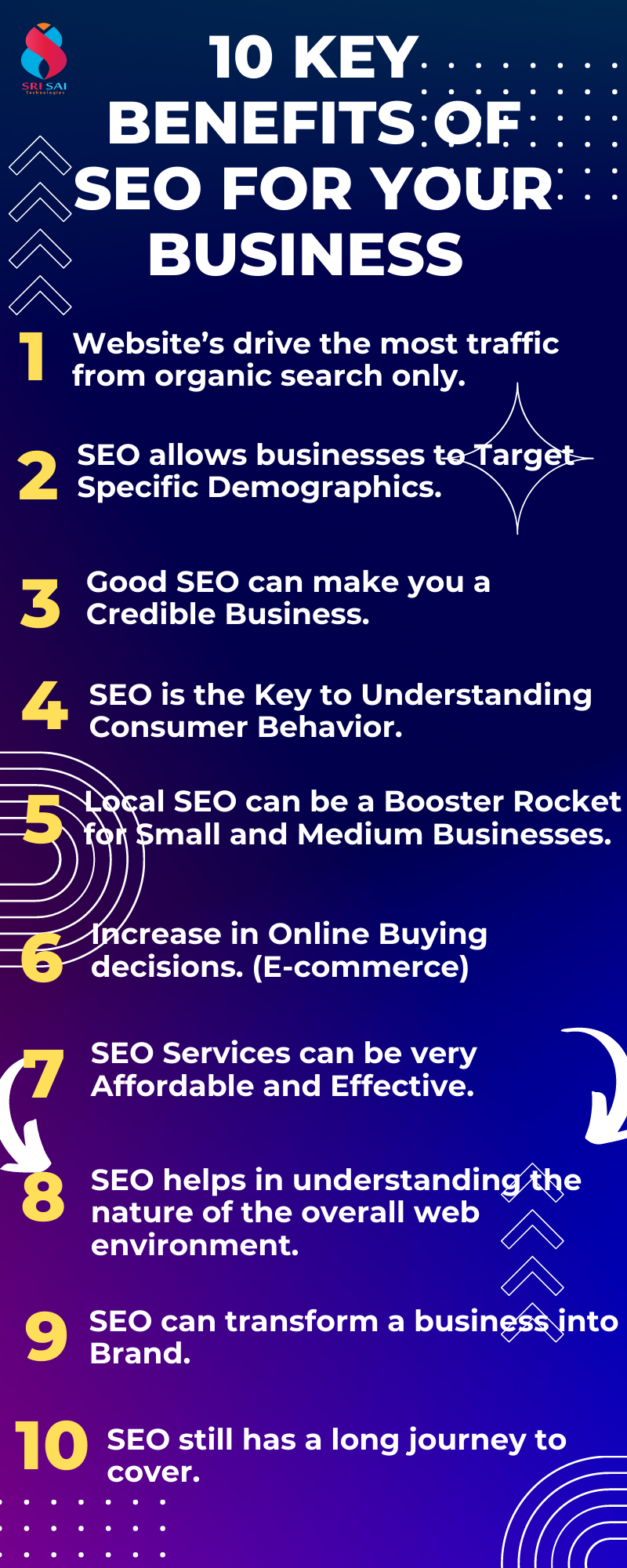Revealing the Unconventional Mediums in Google Analytics Beyond Default Setups
In the world of electronic analytics, Google Analytics stands as a keystone for services seeking to comprehend their online presence. By venturing past the surface area and delving into the intricacies of social media information, e-mail campaign performance, reference website traffic resources, direct traffic patterns, and personalized network collections, a treasure chest of info awaits those eager to welcome a much more nuanced approach.

Leveraging Social Media Site Insights
Sometimes overlooked, yet profoundly important, is the technique of leveraging social media understandings within the world of Google Analytics. By integrating information from platforms like Facebook, Twitter, Instagram, and LinkedIn into Google Analytics, organizations can acquire a much deeper understanding of their target market and the effectiveness of their social media sites campaigns.
With this assimilation, marketing experts can track and examine customer habits on their site that stems from social media sites platforms. They can identify which social media sites channels are driving one of the most traffic, which content is reverberating with the target market, and which projects are converting the most leads. This insight permits data-driven choices to maximize social media techniques and enhance total advertising and marketing performance.
Additionally, by integrating social networks understandings with Google Analytics, organizations can develop more targeted and personalized campaigns - what is not considered a default medium in google analytics. They can utilize market info, rate of interests, and on the internet habits collected from social networks to fine-tune their target market division and provide tailored messages that resonate with particular client groups. This targeted method can result in higher engagement, increased conversions, and ultimately, improved roi
Uncovering Email Project Efficiency
Discovering Email Campaign Performance involves analyzing essential metrics and performance indicators to review the performance of e-mail advertising efforts. When diving right into e-mail campaign performance, it is crucial to analyze metrics such as open prices, click-through rates, conversion rates, and unsubscribe prices. Open rates show the portion of recipients who opened up the email, providing understanding right into the effectiveness of subject lines and sender names. Click-through prices determine the percentage of receivers that clicked on web links within the email, showing involvement levels. Conversion prices track the portion of recipients that completed a wanted activity after clicking on a web link in the email, such as signing or making an acquisition up for a newsletter. Unsubscribe prices highlight the number of recipients that opted out of obtaining further e-mails, shedding light on e-mail content high quality and relevance. By assessing these metrics, marketing professionals can fine-tune their e-mail projects for much better involvement and performance.
Analyzing Recommendation Website Traffic Resources
After assessing the performance of e-mail projects via key metrics such as open rates and conversion rates, the next vital action is analyzing recommendation website traffic resources in Google Analytics to recognize where web site site visitors are coming from and just how they interact with the website. Referral traffic sources refer to the sites that guide individuals to your site with clickable links. By delving into this data, services can get understandings right into which outside platforms are driving web traffic to their site, whether it be social networks platforms, partner sites, or online directories.
It assists businesses determine high-performing referral resources that add substantially to website web traffic and conversions. Google Analytics offers in-depth reports on recommendation website traffic, enabling organizations to track the performance of each recommendation resource precisely and make data-driven choices to enhance their on the internet visibility.
Checking Out Straight Website Traffic Patterns
Exploring the direct web traffic patterns in Google Analytics supplies this valuable insights into individual habits and the performance of campaigns - what is not considered a default medium in google analytics. Direct traffic refers to visitors who arrive on an internet site by straight typing the URL into their internet browser, utilizing bookmarks, or clicking untagged web links. Comprehending straight web traffic patterns can assist marketing experts evaluate the impact of offline marketing initiatives, brand name acknowledgment, and the performance of word-of-mouth references
By diving right into direct web traffic data, companies can uncover essential information about user intent and brand name commitment. Examining the habits of direct visitors, such as the web pages they see, the moment invested in site, and the conversion rate, can give a much deeper understanding of individual interaction and the overall effectiveness of the internet site in transforming visitors into consumers.
Additionally, tracking direct traffic patterns with time permits companies to identify fads, seasonality impacts, and the success of particular campaigns or promos in driving direct visits. This details can then be used to improve advertising strategies, maximize site content, and boost the general customer experience to maximize conversions.
Making Use Of Custom-made Channel Groupings
Making use of personalized the original source network groupings in Google Analytics permits companies to classify and examine their website web traffic based on particular standards, offering important insights for maximizing marketing approaches. Customized network groupings allow companies to produce their very own customized collections of website traffic sources, such as social media sites, organic search, email projects, and reference traffic. By specifying these groups, companies can get a much deeper understanding of how different advertising and marketing networks contribute to their site web traffic and conversions.
This attribute is particularly beneficial for organizations with diverse marketing methods throughout numerous platforms. A business running both paid and organic social media campaigns can separate in between the 2 to analyze their specific efficiency properly. In addition, custom channel groupings can help identify any overlooked or ignored web traffic sources that may be driving important engagement.
Conclusion

By our website venturing beyond the surface area and diving into the ins and outs of social media data, email project performance, recommendation website traffic sources, straight website traffic patterns, and customized network groups, a treasure chest of details awaits those prepared to embrace a much more nuanced approach. They can determine which social media networks are driving the most traffic, which web content is resonating with the audience, and which projects are transforming the most leads.After evaluating the performance of e-mail projects via essential metrics such as open rates and conversion prices, the following crucial step is examining reference traffic sources in Google Analytics to comprehend where web site site visitors are coming from and just how they interact with the site. Customized network collections make it possible for firms to create their own customized groupings of web traffic sources, such as social media, organic search, email campaigns, and recommendation web traffic. By leveraging social media understandings, discovering e-mail project efficiency, examining recommendation web traffic resources, checking out straight web traffic patterns, and using custom-made channel collections, marketing professionals can get useful insights into their online presence.